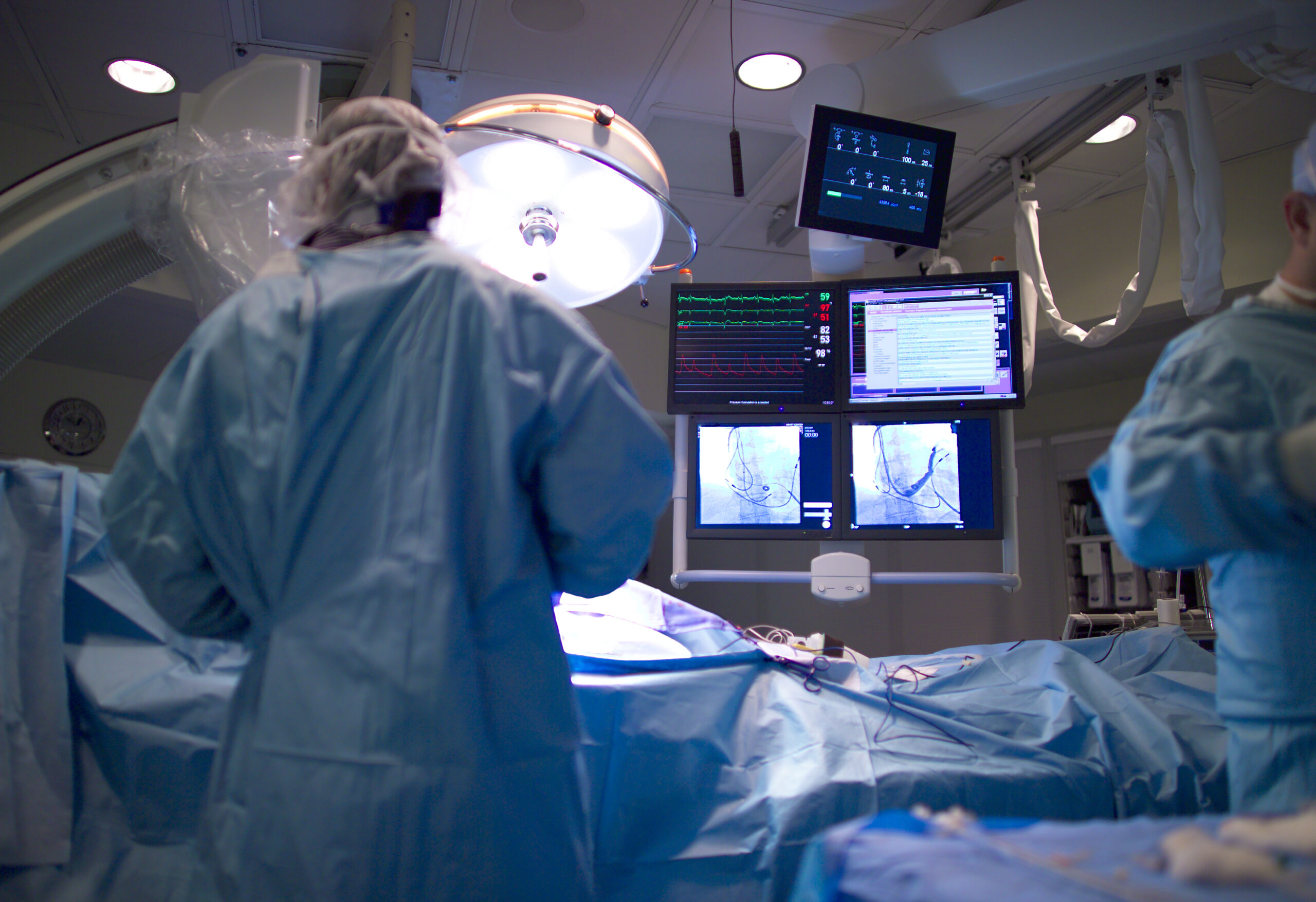Around 65 percent of US adults report headaches, eyestrain and neck/shoulder pain when using digital devices, reading or when doing detail work. This number is not surprising as most adults in America currently spend more than 9 hours each day using digital devices.
Optometry, ophthalmology and neurology scientists uncovered that a majority of headache patients have a misalignment in their vision that causes certain symptoms when an extended time is spent on near work. Most patients have greater eye misalignment when focusing on objects that are close rather than distant. The visual system continually works to compensate for the misalignment, and this can put stress on the trigeminal nerve that is connected to the brain and provides head and neck sensation.
Neurolens is a visual care and research company that aims to provide patients with visual acuity and visual comfort. The company achieves this with their proprietary contoured prism technology that brings the eyes into alignment. Neurolenses are a customizable prism lens that address misalignment at all distances. By bringing the eyes into alignment, Neurolenses relieve eyestrain, headaches, neck/shoulder pain and other symptoms.
In order to accurately measure the degree of eye misalignment at near and distance, the company also developed the Neurolens Measurement Device which operates with a three-minute measurement scan.
Neurolens recently reported clinical evidence that shows their patented contoured prism technology can also improve reading speed in individuals.
More good news followed Neurolens as they were named the 28th fastest growing healthcare company on the 2022 Inc. 5000 List.
In this interview, Xtalks spoke with Pierre Bertrand, CEO of Neurolens, to learn more about the company, their ongoing clinical trials and more.
Can you discuss a bit about Neurolens’ history? When was the company founded?
Bertrand: Neurolens was founded in 2012, inspired by a breakthrough discovery linking optometry and neurology.
Asthenopia, Digital Eyestrain, Computer Vision Syndrome or whatever you call it, it’s here and not going away. Nobody was addressing it appropriately … with six out of 10 Americans suffering the daily painful symptoms, we knew that we could help.
With input from prominent ODs, MDs and neurologists, Neurolens partnered with world-class engineering and R&D talent to develop two industry-firsts that were very overdue:
- A way to measure misalignment objectively and accurately
- A lens that incorporates these measurements in a way that improves vision and relieves symptoms, thus the advent of contoured prism.
How does Neurolens distinguish itself from other optometry and vision science companies?
Bertrand: The industry saw the explosion of digital eyestrain and wanted to help. Blue light was where everyone went … without data. We now know that blue light-blocking glasses do not alter the symptoms of eye strain with computer use compared to standard clear lenses (AJO article), so we had the opportunity to address it in the right way.
We are tackling one of the industry’s most longstanding unmet needs: how to prescribe prism accurately in a way that has a life-changing impact on the patient.
Neurolens is also focused on helping Independent Optometrists across North America, and we care deeply about practice success/profitability, and more.
Neurolens recently announced study results which show that Neurolenses have a significant impact on reading speed and these new results have implications for learning and productivity. How do Neurolenses improve reading speed compared to other premium lens designs?
Bertrand: In a parallel arm study evaluating reading speed at baseline, after seven days of lens wear the mean (±SD) improvement in reading speed with Neurolenses was almost 70 percent higher than the mean (±SD) improvement in reading speed with other premium lens designs.
The mean (±SD) improvement in the reading speed for Neurolenses was +20.96 words per minute, and the mean (±SD) improvement in the reading speed for the Control was +12.39 words per minute.
ANOVA analysis revealed a statistically significant improvement in the reading speed with Neurolenses compared to the Control lens (F = 4.45; p = 0.03).
Is Neurolens recruiting for any clinical trials now?
Bertrand: Always! We are proud of our clinical foundation and will never stop challenging ourselves.
Our follow-up studies to reading speed include reading comprehension, learning in children and quantifying productivity gains. Also, we have already got a ton of good data with regards to plano contoured prism over contacts for near work.
There are others that we can’t discuss, but we’re excited to share the results soon!
What are the short-term goals for Neurolens?
Bertrand: To heavily invest in direct-to-consumer marketing to drive patients who are suffering to providers that can help!
Neurolens also aims to launch new products for our portfolio to reach an even broader range of patients. We want to continue to drive adoption in the Independent Eye Care Professionals (IECP) market with effective partnerships. Another goal of Neurolens is to expand our already substantial clinical foundation with more studies.












Join or login to leave a comment
JOIN LOGIN